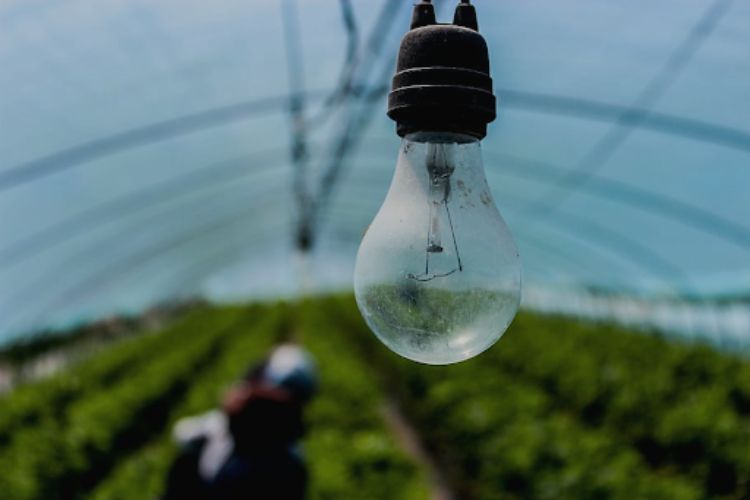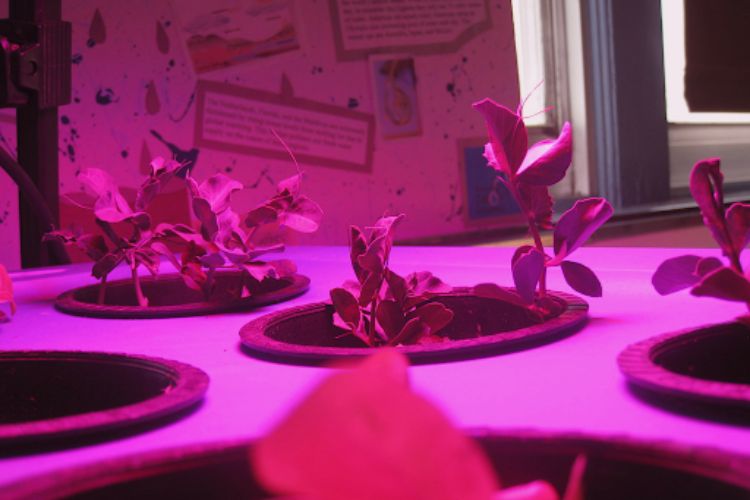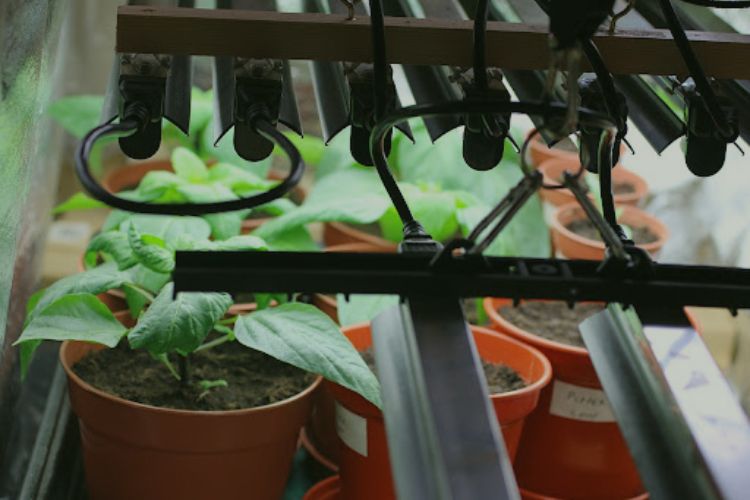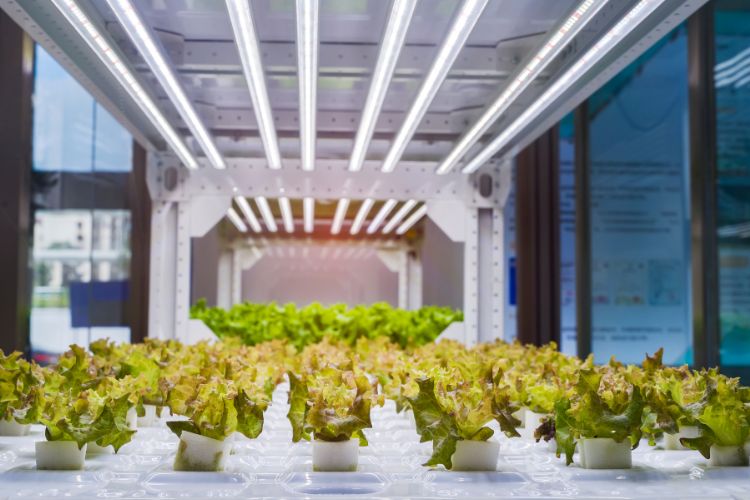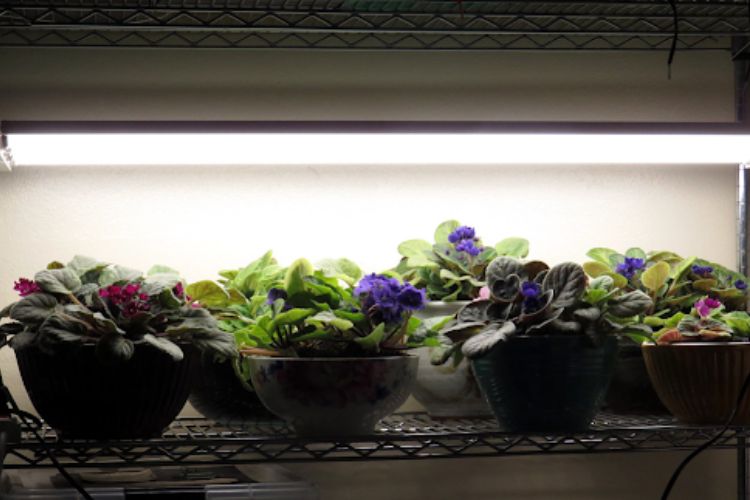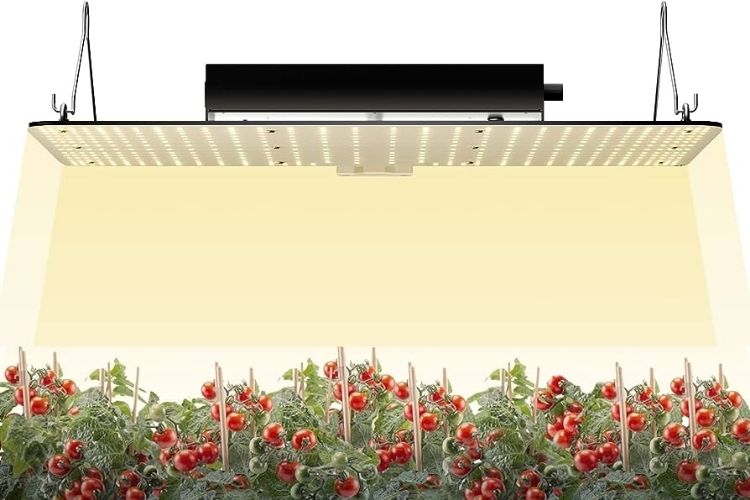CMH Vs LED: Which Is Best Grow Lights?
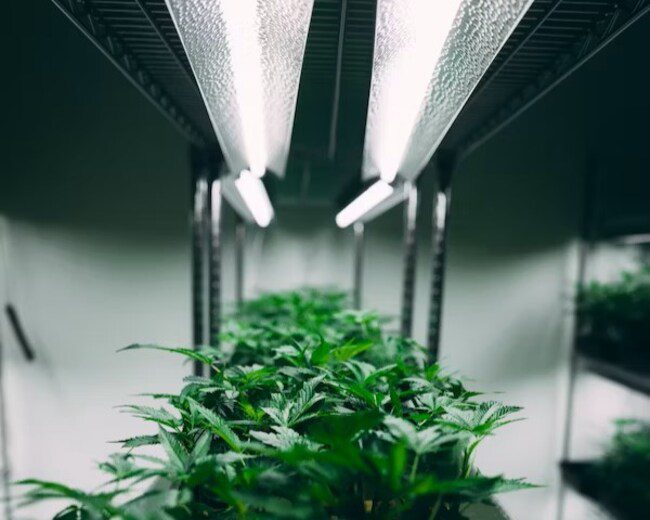
CMH and LED grow lights are both designed to provide plants with the full spectrum of light they need for fast and healthy growth, but they have different features and advantages. How can you choose the best type of lighting for your plants—CMH vs LED grow lights? We have collected all the information you need to make the best decision.
Grow lights have evolved a lot in the last two decades, with new technologies such as light-emitting diodes (LED) and Ceramic Metal Halide (CMH) systems being used to grow plants. In this short overview, this article will try to cover as many of the subtle differences between the two light systems as possible.
CMH Vs LED Grow Light: Key Features Comparison
Photosynthetic Active Radiation, or PAR for short, is a particular region of the light spectrum that is frequently absorbed by plants. The amount is typically expressed in terms of PAR Watts, which essentially refers to the energy that is arriving at the metre each second from the PAR region of the light spectrum.
In order to quantify how closely our grow lights‘ light quality resembles that of sunlight, we also employ a statistic called CRI. Others that you may encounter include PPF, PPFD, and others, although they all refer to the total amount of light and light intensity rather than the spectrum explicitly. Most growers are already aware that redder lights, such as high-pressure sodium lights, should be used in the flowering stage and bluer lights, like metal halides, in the vegetative stage. However, there are many other factors to consider when purchasing a grow light, such as the size of your grow space, the type of plants you are growing, and your budget.
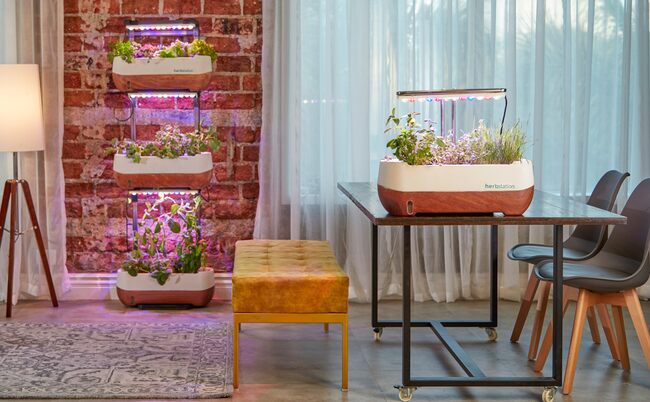
Canopy penetration
In general, larger, denser buds are associated with greater canopy penetration. When suspended three feet above the ground; CMH grow lights have a canopy penetration range of 18 to 24 inches. Where LED grow lights must be suspended 6 inches above the canopy because they can only reach depths of 6 inches. And you won’t need to change the light height as frequently.
Low ceilings are the only situation where LEDs are a superior choice, and LEDs are excellent for under-canopy illumination. I think using LEDs is a smart option if you’re working with ceilings that are lower than 8 feet in height.
Intensity and longevity
CMH grow lights emit a powerful amount of light. This has both positive and negative aspects since certain plants might suffer harm from very bright light. Ceramic arc tubes, which are used to make CMH lights, have an extremely long lifespan. Prior to the requirement for bulb replacement, the lights could operate at 80% intensity for about 20,000 hours. These lights also conserve energy, which means you’ll pay less for electricity.
Compared to CMH grow lights, LEDs are less intense. The bulbs in these lights, however, can survive for up to 50,000 hours before they need to be changed. Light will last you 11 years if it is used for 12 hours every day. In addition to being extremely energy-efficient, LEDs may be recycled.
Functionality and reliability
As we previously stated, CMH lights do indeed offer a fantastic CRI number, one that is very comparable to the sun. Similar to how they would with the nutrients from the actual sun, robust, healthy plants benefit from a variety of light colours. These lights are extremely intense, in addition to having a high CRI number. Since CMH lights are typically far more powerful than the usual LED, they produce an overwhelming quantity of light for cannabis. This may be advantageous if you are a diligent and experienced marijuana grower, but it may be detrimental to you if you are just starting out.
If you’re not careful, using too much lighting could harm your plants. LED bulbs pose little to no risk of causing light harm. Unless you set your LEDs far too close to your plants, unlike CMHs, they just do not get hot enough to cause issues like those. People commonly choose LEDs because of their capacity to replicate almost any colour seen in the light spectrum, in addition to the fact that they are a little bit kinder to your weed. This can work wonders for your plants at various growth phases, promoting either flowering or general plant growth.
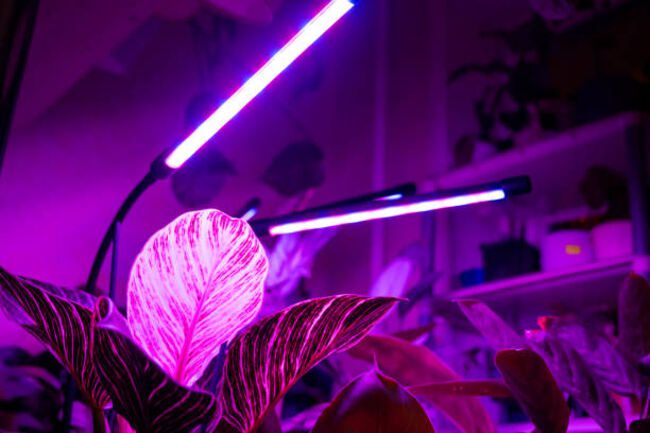
The End Result
Both of these lights do, when used properly, give a picturesque result when it comes to the cannabis plant’s production. LED lights are frequently praised for producing abundant yields because they are believed to promote the development of potent strains.
However, they also produce excellent results. You can normally grow strong, healthy cannabis plants with this type of lighting system since it closely mimics the actions of the sun. Even though the harvests from these particular lights may not be as large as those from LEDs, your plants will be content and healthy. Which plant alternative is best for you is the only question that remains, then.
Which One Is The Best?
It all comes down to what’s best for you when deciding which cannabis lighting system is ideal. Before making a choice, Luna Cultivation advises constantly taking into account aspects like cost, usefulness, convenience of use, and experience. With so many possibilities for illumination, it all comes down to what you find most comfortable.
Cannabis production is challenging enough; we don’t want you to stress about your lighting setup. You have a choice between LEDs, CMHs, or maybe something altogether different. Spend some time researching the best practises for your grow operation and monitoring your priceless green plants closely from seed to flower.
Conclusion
Of some kind is necessary for plants to grow and live. On the spectrum, there are several shades of light, and each shade can benefit your plant in a unique way.
LED lights do not produce all the colours of the spectrum, in contrast to CMH grow lights. Additionally, they have a better CRI rating than LEDs. Compared to LEDs, CMH lights emit light with a higher intensity. They are less energy-efficient as a result and use more power as a result.
FAQs



